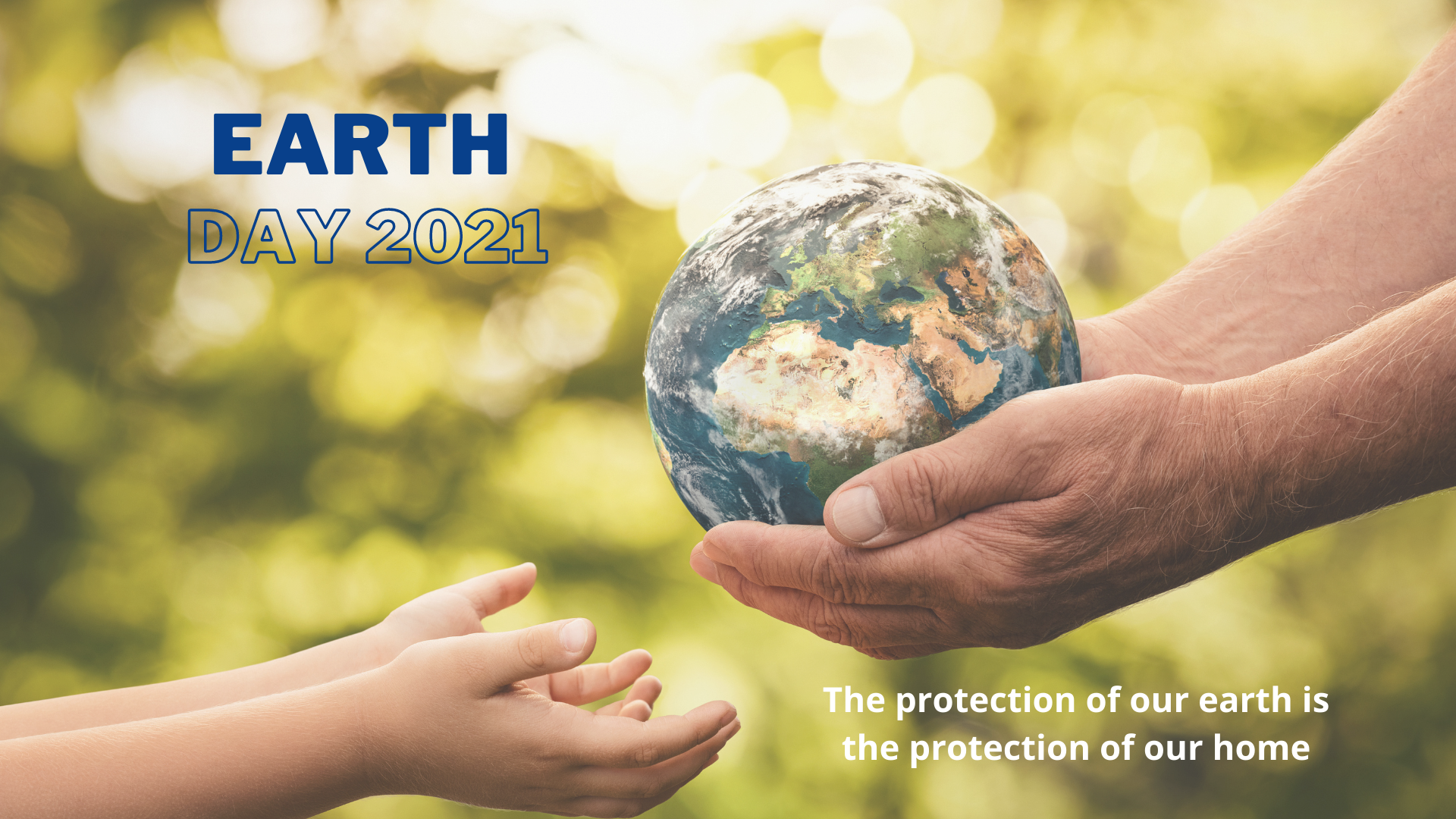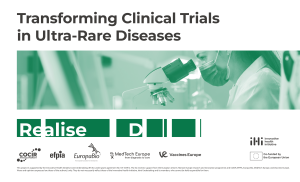Earth Day reminds us that time to act is now
By Saskia Pelzer, Project Manager at Teamit Research
The Mediterranean Sea with its fluorescent shimmer dips the skyline of Barcelona into a bluish but warm light of summer comfort on a breathy spring morning. From the top of the Guinardo park at the border of the city the view is spectacular. On good days like this you feel connected with this peaceful place connecting nature and city alike.
On bad days, the refreshing shimmer is replaced by a grey vail of dense air covering the city, and an occasional litter trail of plastic bags and cans spread across the park. What we leave in our seas, our parks, and our air here today will come and haunt us back tomorrow and we cannot blame anybody other than ourselves. The next decades are crucial for us to show that we protect our environment which we commonly call home, but do not treat like one.
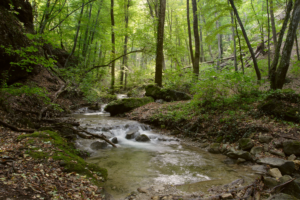 On today’s 51st anniversary of Earth Day we are reminded that reducing pollution, reducing our landfills and combating climate change needs a holistic approach. Today we clean up forests or beaches, we think about the air we breathe, we think about how green our cities are and how grey our oceans and forests turn. The time for action is now and every day.
On today’s 51st anniversary of Earth Day we are reminded that reducing pollution, reducing our landfills and combating climate change needs a holistic approach. Today we clean up forests or beaches, we think about the air we breathe, we think about how green our cities are and how grey our oceans and forests turn. The time for action is now and every day.
At the same time, the north Atlantic garbage patch celebrates its 49th discovery birthday this year. Together with its sibling, the Great Pacific Garbage Patch (GPGP), it has been growing since the 70’s according to a paper published in 2018 by the Ocean Cleanup. Both are constantly dispatching their plastic children back to our coasts and lands and ultimately end up in our bodies. They mainly consist of microplastic which can be hazardous to humans and wildlife.
The European Environment Agency (EEA) revealed in their European air pollution report in early 2020 that exposure to air pollution (primarily fine particular matter PM2.5, nitrogen dioxide NO2 and ground level Ozone) caused 410,000 premature deaths across 41 European countries in 2018, a number that is still too high according to Virginijus Sinkevičius, the European commissioner for the Environment, Oceans and Fisheries, although improvement has been seen over the last years.
The European Commission listened carefully during the last years and has set ambitious goals with its newly established Europe’s Green Deal striving for zero carbon emissions by 2050 and a reduction of 50% of emissions by 2030. Virginijus Sinkevičius said in the citizen’s dialogue in Spain at the end of 2020, “The green deal has an ambitious goal, but we are still in time to meet the zero emissions target that has been set.”
The new Horizon E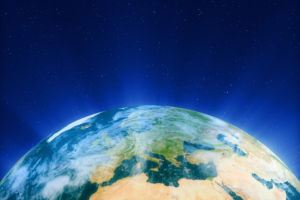 urope programme with its five missions has a clear focus on climate neutral cities and healthy oceans and soils by cutting waste, eliminating pollution and promoting a better use of natural resources. The policy areas are in line with the Sustainability Goals (SDGs) of the Agenda 2030 set by the UN in 2015.
urope programme with its five missions has a clear focus on climate neutral cities and healthy oceans and soils by cutting waste, eliminating pollution and promoting a better use of natural resources. The policy areas are in line with the Sustainability Goals (SDGs) of the Agenda 2030 set by the UN in 2015.
Simultaneously, the Green deal is also the result of years of climate activism and the embodiment of the Paris treaty (also known as Paris agreement) that was ratified by 195 states in 2015 and joined by 189 states globally up to date. The agreement’s principal goal is to combat the negative effects of climate change and to keep the global temperature increase at 1.5 to 2 degree Celsius maximum by reducing green-house emissions.
After years of scientists urging for change, young activists joining Fridays for Future demonstrations and the rising awareness at consumer level, the protection of the environment became one of the core aspects in the European Agenda with a budget of 1 billion for research and innovation projects to tackle the climate crisis as a crucial investment to fulfil the Commission’s goals for 2050.
Núria Machin, Head of Research and Development (R&D) at TEAM-IT, who has been working on European funded projects for more than 20 years, says, “The EU environmental law has been built up slowly since the 1970s when the European Commission issued its first multiannual Environment Action Programme (EAP). Since then, it has continuously launched several directives, regulations and decisions which are in force in this field today. However, they warn that the effectiveness of EU environmental policy is largely determined by its implementation at national, regional and local levels. Deficient application and enforcement remain an important issue and monitoring remains crucial in this respect.”
Eva Molero, CEO of Teamit Research, stresses that the current shift towards an environmental sustainability within science is crucial, “Horizon Europe and its Green Deal represents a paradigm change in the implementation of science and innovation practices for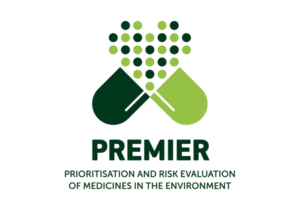 the protection of the environment. At Teamit we are committed and supportive of this policy.”
the protection of the environment. At Teamit we are committed and supportive of this policy.”
Teamit already started to contribute to projects with a green approach. The recently launched PREMIER project for example is investigating the environmental impact of medicines and aims to establish a new system to assess the environmental risks of medicines. Ultimately, the project will contribute to an early incorporation of environmental considerations during early drug development.
In the future, a significant importance will lay on the back of public-private partnerships, as environmental sustainability, reduction of landfill and a reduction in pollution can only be achieved if public institutions and private entities in large–scale industries work hand in hand with tangible sets of goals, holding each other accountable.
The protection of our earth is the protection of our home. We need to protect what makes the earth unique: wildlife, plants, water, air, land and everything that we enjoy when we leave the confinement of our apartments after a rough year of COVID.

